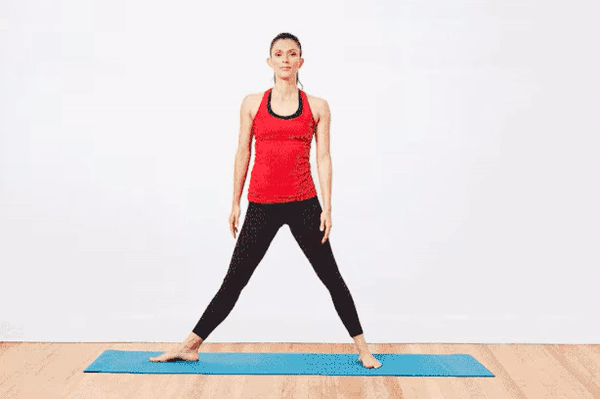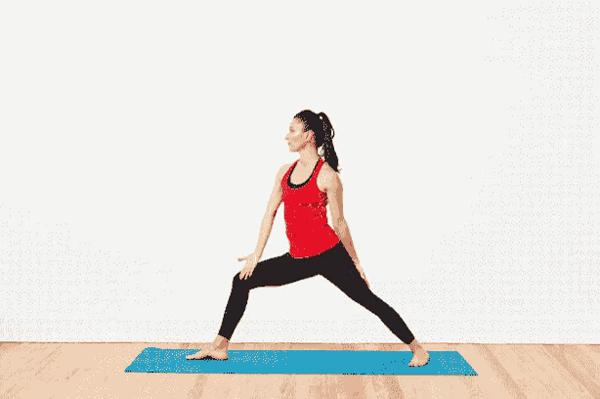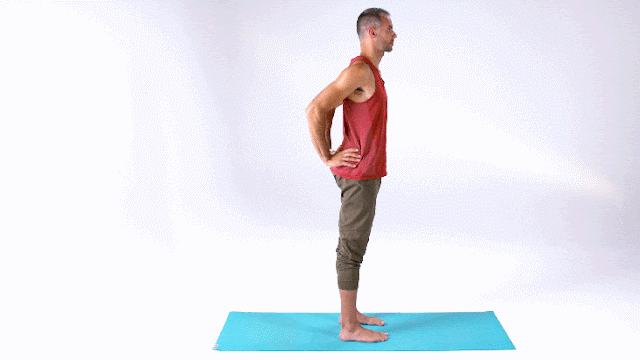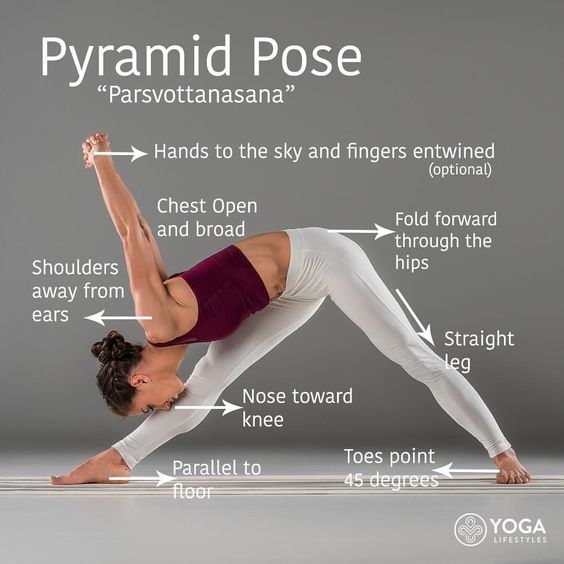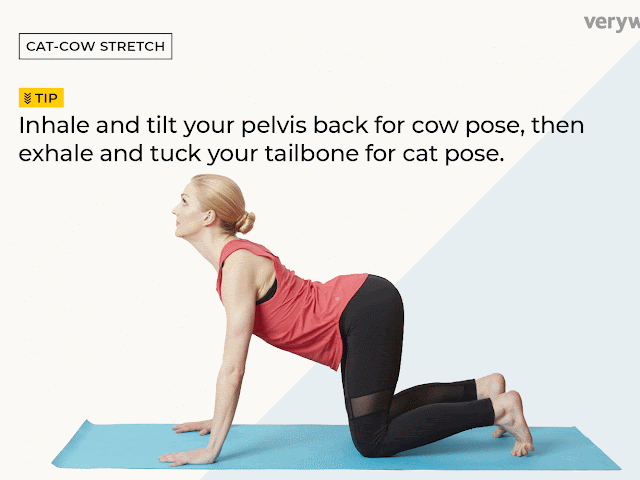- 魚骨洗净撒一些鹽,腌一下。
- 姜、魚肉加胡蘿蔔和番茄炒香。
- 水滾后加入攪拌機,調成魚湯模式,啓動。
- 三文魚肉切丁(約1.5cmX1.5cm),撒鹽/鹽糀腌。
- 洗菜、切丁。(例如:shitake mushroom stripes, broccoli, cauliflower, carrot, tomato, leek, onion stripes, pumpkin, potatoes 都可以。
- 腌好的魚丁炒香。
- 煮好的魚湯包含了膠原蛋白。篩過后加入炒好的魚丁和蔬菜丁把菜煮熟便是。
- 上桌前,加入黑胡椒、miso、香菜,好吃!
This website is for informational purposes only and is not an attempt to provide diagnosis or treatment. Visitors to this website should consult a registered specialist before making a diagnosis or receiving any treatment for any medical problem.
Wednesday, 22 June 2022
Miso Salmon Veggie Creamy Collagen Soup
Sunday, 19 June 2022
薑 Ginger shot 之 Do re mi fa so
從小就容易冷、感冒,動不動就看醫生吃藥。長大後就越來越少。尤其近十多二十年,很少吃藥後。但是還是容易覺得冷。
最近養成新習慣:一個星期喝兩三次薑茶(只能早上/中午前喝)。
身體也舒服多了! 沒那麽容易發冷。
收藏: 薑汁可以放進冰格冰成一粒粒。也可以煮開、冷卻後放入小瓶子密封才收入冰廚。
用法一: 感冒的時候,榨半粒檸檬汁,加蜜糖和一瓶薑汁喝。
用法二: 雨天冷了就會泡檸檬紅茶加半瓶。
用法三: 一杯蔬果汁也加半瓶。(看個人啦~)
用法四: 還可以做薑汁撞奶,呢道睇片:
用法五: 薑渣不要丟,可以冰起來泡茶喝。不然就煮開後調溫來泡腳🦶。一點都不浪費!😆🤣
備註:
- 不是每個人的體質都適合喝薑汁。
- 手術前減少薑的食量。
- 最好早上喝,中午喝效力不大,中午後喝怕晚上失眠。
- 我比較喜歡本地薑(Bentong),支持Local Produced.
Friday, 17 June 2022
31 Yoga Poses for Beginners
Downward Facing Dog (Adho Mukha Svanasana)
Mountain Pose (Tadasana)
Warrior I (Virabhadrasana I)
Warrior II (Virabhadrasana II)
Extended Side Angle (Utthita Parvakonasana)
Triangle Pose (Utthita Trikonasana)
Standing Forward Bend (Uttanasana)
Reverse Warrior (Viparita Virabhadrasana)
Half Forward Bend (Ardha Uttanasana)
Raised Hands Pose (Urdhva Hastasana)Low Lunge Also Known As: Reverse lunge, backward lungeTree Pose (Vrksasana)Downward Facing Dog Split
Bridge Pose (Setu Bandha Sarvangasana)
Easy Pose (Sukhasana)
Half Lord of the Fishes Pose (Ardha Matsyendrasana)
Seated Forward Bend (Paschimottanasana)
Supine Spinal Twist (Supta Matsyendrasana)Child's Pose (Balasana)
Source:
31 Yoga Poses for Beginners, Yoga Journal, eMediHealth
Wednesday, 8 June 2022
A healthy, balanced diet
Quick facts on a healthy, balanced diet
1. Healthy eating is about having a balance of different foods and nutrients in the diet for good health and wellbeing.
2. No single food or food group can provide everything we need to be healthy. Eating a variety of different foods from each of the food groups can help us get the full range of nutrients our bodies need.
3. Fruit and vegetables are a key part of a healthy diet, and we should aim to get our 5 A DAY or more if we can. This can be from fresh, frozen, dried or canned fruit and vegetables.
4. Starchy foods like bread, potatoes, pasta, rice and other grains are part of a healthy diet, but the quality of what we choose is important. It is a good idea to choose wholegrains like wholemeal or rye bread, wholewheat pasta, oats and potatoes with skins to help us get enough fibre and other important nutrients.
5. Plant-based protein foods like beans, lentils, chickpeas and other pulses provide protein and fibre and are naturally low in saturated fat. It is good to include these regularly in the diet
6. Animal protein foods like fish, eggs, meat and dairy (milk, yogurt, cheese) provide a range of vitamins and minerals and can be part of a healthy diet.
- It is best not to eat too much red and processed meat.
- It is recommended that we have two portions of fish a week, one of which should be an oily fish like salmon, mackerel or sardines.
- Dairy foods provide protein, calcium, B vitamins and iodine. It is best to go for lower sugar versions (for example natural yogurt) most of the time. If choosing plant-based dairy alternatives, then look for those that are fortified with calcium and ideally other vitamins and minerals.
7. It is best to choose healthier fats like vegetable, nut, seed or olive oils most of the time and to not to have too much of sources of saturated fat such as butter, coconut or palm oils.
8. We probably know that we should not have too many foods or drinks that are high in saturated fat, salt and sugar such as chocolate, cakes, biscuits, pastry, crisps and fried chips. If you include these, try to keep portion sizes small.
Source:
British Nutrition Foundation | Slide
Please note that advice provided on our website about nutrition and health is general in nature. We do not provide any personal advice on prevention, treatment and management for patients or their family members.









